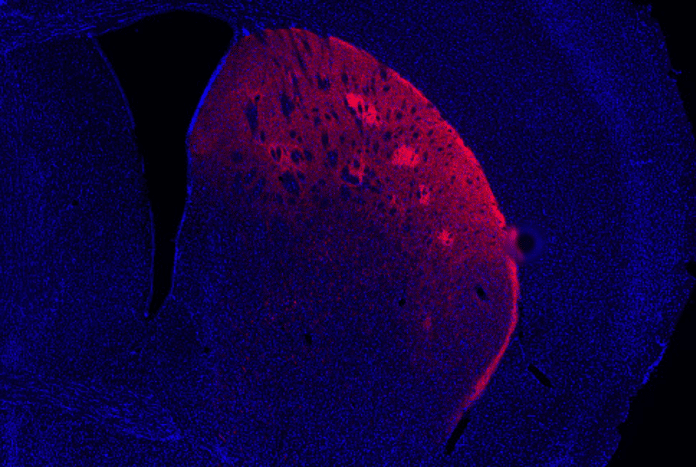Although dopamine neurons also fire in reaction to movement and unpleasant stimuli, they are known for their responsiveness to unexpected rewards. Based on molecular expression profiles, dopamine neuron variety has been identified; however, it is unclear if various activities correspond to these genetic subtypes.
A new study by Northwestern University identified and recorded three genetic subtypes of dopamine neurons in the midbrain region of a mouse model. As mentioned above, dopamine neurons are known for solely responding to rewards or reward-predicting cues; the researchers instead discovered that one genetic subtype fires when the body moves.
And even more unexpectedly, these neurons don’t react to rewards.
Along with shedding new light on the mysterious nature of the brain, the study could lead to further understanding and potentially even treating Parkinson’s disease.
Dopamine is considered a reward signal. But the death of dopamine neurons causes trouble with movement. That’s what happens with Parkinson’s disease, and it’s been a confusing problem for the field.
Northwestern’s Daniel Dombeck, who co-led the study, said, “We found a subtype that is motor signaling without any reward response, and they sit right where dopamine neurons first die in Parkinson’s disease. That’s just another hint and clue that suggests that some genetic subtype is more susceptible to degradation over time as people age.”
Northwestern’s Rajeshwar Awatramani said, “This genetic subtype is correlated with acceleration. Whenever the mouse accelerated, we saw activity, but in contrast, we did not see activity in response to a rewarding stimulus. This goes against the dogma of what most people think these neurons should be doing. Not all dopamine neurons respond to rewards. That’s a big change for the field. And now we found a signature for that dopamine neuron that does not show reward response.”
This new study is based on a previous study that suggests- a population of dopamine neurons associated with movement in mice. At that time, scientists thought it was just a tiny fraction of neurons, and others continued to believe that all dopamine neurons were still reward neurons. Maybe some of them just had motor signals too.
To delve deeper into this, scientists used genetic methods to separate and label populations of neurons depending on gene expression. They then used this information to label neurons with fluorescent sensors in the brains of a genetically engineered mouse model created at the Northwestern Transgenic and Targeted Mutagenesis Lab.
They discovered that almost 30% of the dopamine neurons were only lit when the mice walked. These neurons were one of the genetic subtypes found by Awatramani’s team. Other dopamine neuron populations responded to unpleasant stimuli (producing an avoidance reaction) or to rewards.
Dombeck said, “It’s not like people with Parkinson’s disease only lose their drive to be happy because their dopamine response is damaged. Something else is going on that affects motor skills.”
This new study might offer the missing piece to the puzzle.
Scientists noted, “Dopamine neurons correlated with acceleration in mice appear to be in the same location of the midbrain as those that tend to die in patients with Parkinson’s disease. But the dopamine neurons that survive are correlated with deceleration.”
The discovery leads to a new hypothesis that Dombeck and Awatramani plan to explore in the future.
Dombeck said, “We’re wondering if it’s not just the loss of the motor-driving signal leading to the disease — but the preservation of the active anti-movement signal when animals decelerate. It could be this signal imbalance that strengthens the signal to stop moving. That might explain some of the symptoms. It’s not just that patients with Parkinson’s can’t move. It could also be that they are being driven to stop moving.”
Awatramani said, “We’re still trying to figure out what this means. I would say this is a starting point. It’s a new way of thinking about the brain in Parkinson’s.”
Journal Reference:
- Azcorra, M., Gaertner, Z., Davidson, C. et al. Unique functional responses differentially map onto genetic subtypes of dopamine neurons. Nat Neurosci (2023). DOI: 10.1038/s41593-023-01401-9
